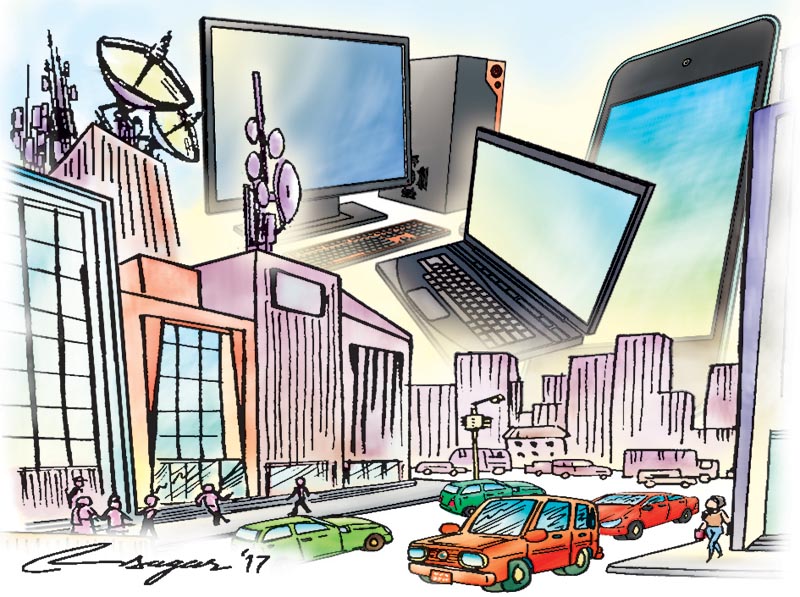Rural-to-urban migration to remain high
- Urban planning has not been able to address needs of youths
Kathmandu, December 24
Although various policies, programmes and projects are being formulated and implemented, the population growth rate fueled mainly by rural-to-urban migration will remain high in major cities and towns for a foreseeable future, warns a recent national report ‘Inclusive Cities: Resilient Communities’ published by the Ministry of Urban Development.
It said the uneven urbanisation levels across the country had affected the territorial policy for balanced regional development. “On one hand, technical and financial resource constraints will limit capacity of emerging towns in keeping pace with rapid growth management needs. On the other hand, small towns will have to work towards retaining the existing population and promoting urbanisation,” it reads.
The new urban agenda of the government aims at achieving desired urbanisation levels for the balanced distribution of population in towns and cities across ecological and development regions by increasing financing in urban infrastructure and services. This will include exploring creative ways to increase the internal revenue of the local levels.
According to the report, the agenda also seeks to address the challenges of managing urbanisation across new federal states as envisioned by the new constitution. With federal provinces coming into existence accompanied by three tiers of governments – central, provincial, and local, there will be notable change in the current trend and nature of urbanisation with the emergence of provincial capitals and towns. Local governments will be more powerful than before, it says.
Managing rapid urbaniation through urban planning will require articulating roles of local governments, their relationships with central and provincial governments, and inter-city relationships. Meanwhile, labor and employment policies, and operational plans and programmes so far implemented for the utilisation of the youths have not been adequate to address the problems of youths both in the rural and urban areas. This is mainly due to the lack of job-oriented vocational education and skill development training, business-related security, and foreign employment promotion.
Despite adopting participatory method, the existing urban development planning practice has not really been able to mainstream the youth’s social and physical needs. Current youth policies, plans and programmes are limited in terms of addressing diversity within the youth population (rural youth, urban youth, or youth with disability).






